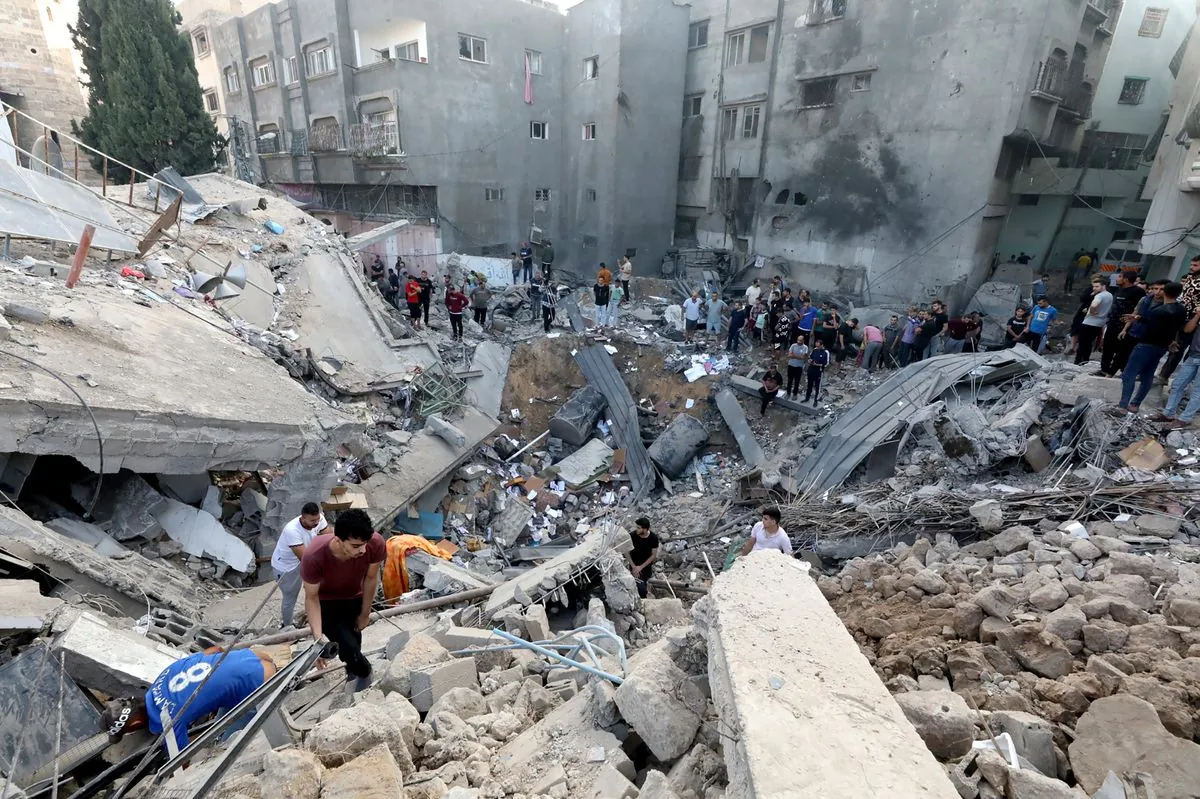One year has passed since the Hamas attack on Israel, resulting in over 40,000 casualties and sparking a conflict that has expanded beyond Israel and Gaza to include Lebanon and Iran. Despite the scale of the violence, the economic repercussions have been surprisingly contained, primarily affecting the immediate participants in the war.
The limited economic impact can be attributed to the region's fragmented economic landscape. Gaza's economy was already marginalized before the conflict, while the West Bank, though more integrated with its neighbors, remains relatively small. The combined GDP of Gaza, the West Bank, Syria, and Lebanon – representing a population of about 30 million – is dwarfed by the $2.5 trillion GDP of the Gulf Cooperation Council states.
Israel's economy has demonstrated remarkable resilience in the face of the ongoing conflict. Despite mobilizing hundreds of thousands of soldiers and facing a 75% decline in tourism, Israel's financial position remains strong. The country's debt-to-GDP ratio of 60% is half that of the United States, and its borrowing costs remain competitive. This economic strength allows Israel to sustain its military operations without facing crippling financial pressure.
In contrast, Iran's economic situation highlights its limited capacity to lead a regional bloc. With a GDP of only $380 billion for a population of 88 million, Iran's economy is dwarfed by Israel's $500 billion GDP for 10 million people. This disparity is reflected in military spending, with Israel outspending Iran by a factor of four. Iran's currency has also suffered, depreciating from 32,000 rials to the dollar in 2015 to 580,000 rials today.
The future of Gaza remains uncertain and deeply troubling. The United Nations estimates that 40 million tons of rubble, contaminated with unexploded ordnance and human remains, now cover the territory. The concept of "recovery" seems inadequate given the scale of destruction and Israel's apparent intent to render Gaza unlivable. Any path forward would require a comprehensive regional agreement, which currently seems unlikely.
"It would take years to clear the estimated 40 million tons of rubble in Gaza, complicated by the presence of unexploded ordnance and unrecovered bodies."
As the conflict enters its second year, the economic landscape of the Middle East remains fragmented and uneven. While Israel's economy demonstrates resilience, the devastation in Gaza and the economic challenges faced by Iran underscore the complex dynamics shaping the region's future.
